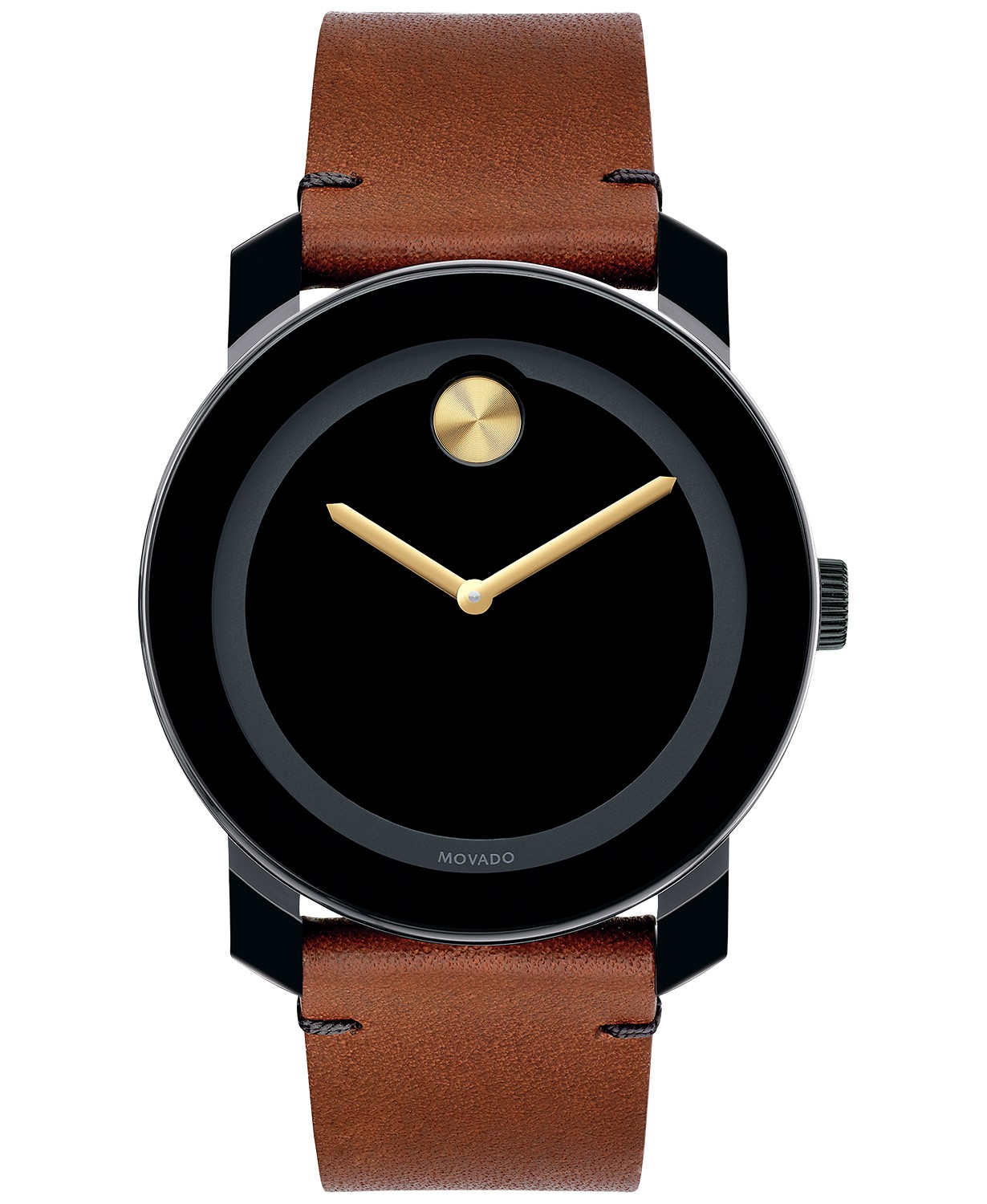Winston Nanan Caroni Bird Sanctuary History
The Winston Nanan Caroni Bird Sanctuary, renowned among bird watchers and naturalists, is located in the Caroni Swamp covering an area of 40 sq miles and is the second largest mangrove wetland in Trinidad and Tobago. It is located on the west coast of Trinidad, south of Port of Spain and northwest of Chaguanas, where the Caroni River meets the Gulf of Paria.

The Caroni Swamp is an estuarine system comprising 5,611 hectares of mangrove forest and herbaceous marsh, interrupted by numerous channels, and brackish and saline lagoons, and with extensive intertidal mudflats on the seaward side. This swamp is an important wetland since it is ecologically diverse, consisting of marshes, mangrove swamp and tidal mudflats in close proximity. The wetland provides a variety of habitats for flora and faunal species and as such, supports a rich biodiversity. It is highly productive system that provides food and protection and is a nursery for marine and freshwater species.
Winston Nanan Caroni Bird Sanctuary Size
The Caroni Swamp is a 12,000 acre swamp located on the west coast of the island of Trinidad. It is one of the largest mangrove forest on the island. Caroni Swamp is protected under the Ramsar Convention as a wetland of international importance. The Caroni Swamp runs along the banks of the Caroni River and contains numerous channels, brackish and saline lagoons with intertidal mudflats. The Caroni Swamp also contains fresh water and saltwater marshes and is also known as a bird sanctuary. The central section of the acreage is designated as a wildlife sanctuary and is the home of one of Trinidad and Tobago’s national bird, the Scarlet Ibis. The Caroni Swamp is the major roosting place for the Scarlet Ibis(Eudocimus ruber) and is also the home of over 100 avian species.
The Caroni Swamp is protected under the Ramsar Convention. The Ramsar Convention is the intergovernmental treaty that provides the framework for the conservation and wise use of wetlands and their resources . It all started during the 1960’s when people became concerned about the increasing loss and the degradation of wetland habitat for migratory birds. The treaty was first adopted in the Iranian city of Ramsar in 1971. The Ramsar Convention is the oldest intergovernmental environmental agreements which came into force in 1975. The Caroni Swamp has a total of 20 endangered species and is ecologically diverse. It provides a variety of habitats for flora and fauna. Caroni Swamp supports a rich biodiversity. It is a very productive area of wetland that provides food (organic production) and also provides protection. It is also a nursery for marine and freshwater species. Caroni Swamp is important economically and is a popular site for ecotourism.

Casio G-Shock Front GA700UC-8A
US$99.00
The Caroni Swamp is visited by thousands of eco-tourists per year. This is important to local communities. The Caroni Swamp is not only an attraction for tourism but it also provides goods and services to local communities and to the Island of Trinidad. For example the swamp provides coastal storm surge protection, carbon sequestration (the uptake and storage of carbon by trees and plants that absorb carbon dioxide), and sediment filtration for near-shore ecosystems. In 2011 a project was started in order to evaluate the TEV, total economic value, of the Caroni Swamp. The study looks at the way the Caroni Swamp provides for Trinidad and Tobago and to the wider Caribbean. The study will also predict the potential damage that climate change can have on wetlands and ecosystems such as the Caroni Swamp. This study could provide strategies for preventing damage to other wetlands as well.
Courtesy https://caronibirdsanctuary.com/
Up to 30% off on a selection of models at Lenovo!

Lenovo 300 Series
Ideapad 300 Series laptops – lightweight and highly reliable for on-the-go productivity.
Traditional laptops for any use
Enhanced graphics, multiple screen sizes & speedy processing
Starting at: $332.99

 Sweet TnT Magazine Trinidad and Tobago Culture
Sweet TnT Magazine Trinidad and Tobago Culture
























































You must be logged in to post a comment.